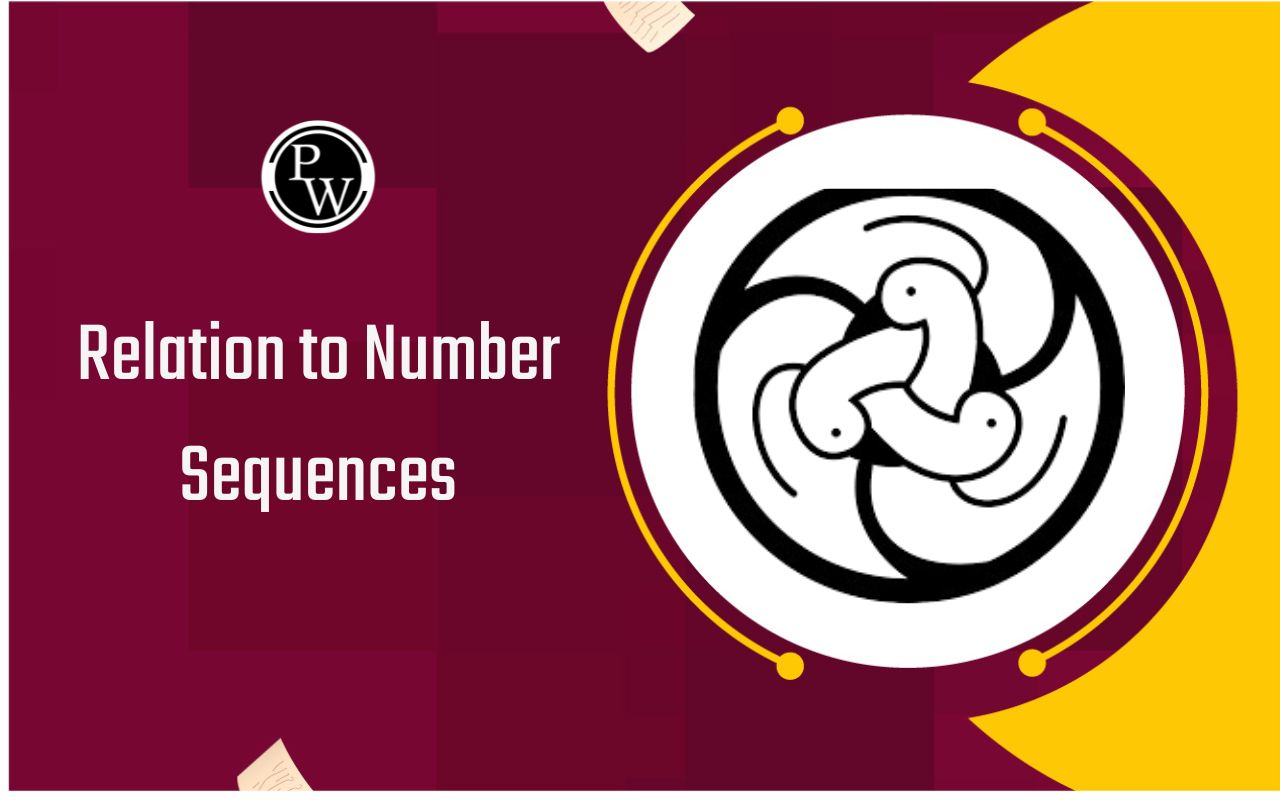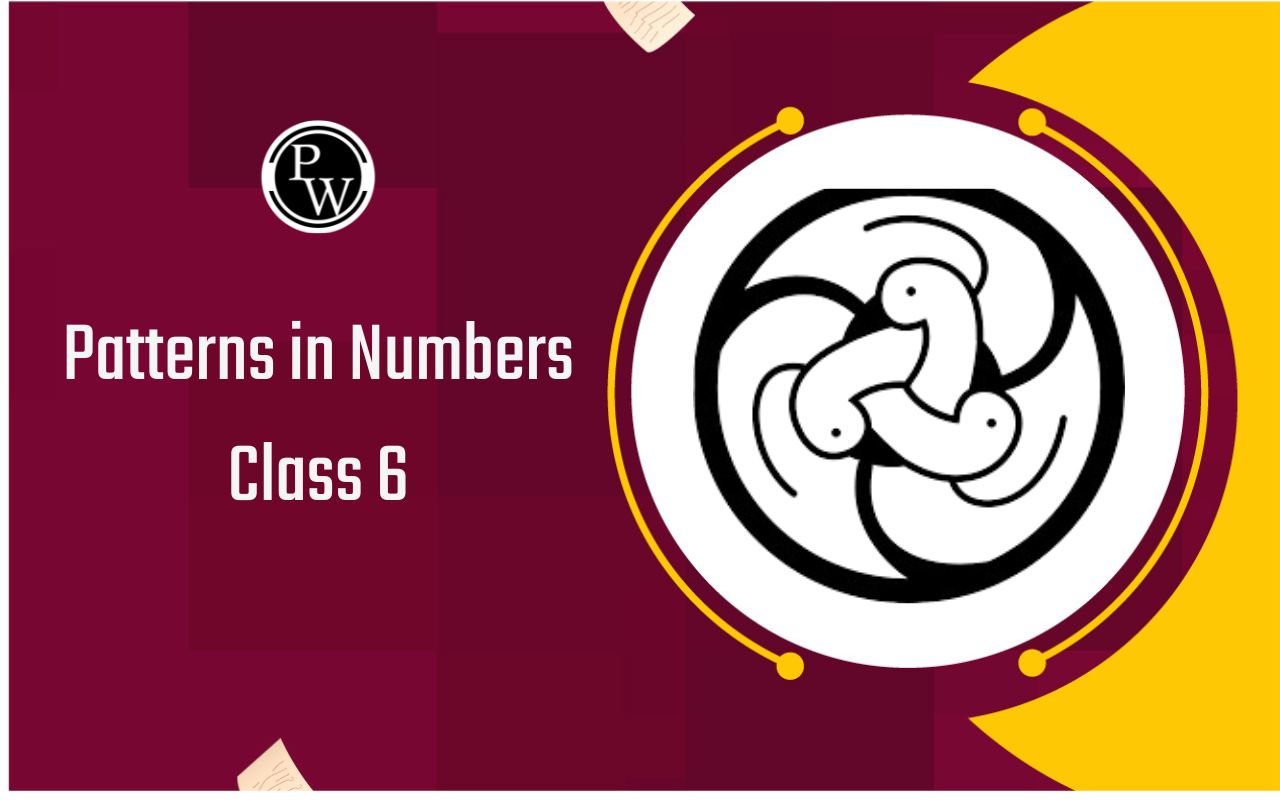
CBSE Class 6 Social Science Geography Notes Chapter 1: In Chapter 1, "The Earth in the Solar System," of CBSE Class 6 Social Science Geography, students learn about the solar system's structure. The chapter explains that the sun is the center of the solar system, providing light and heat to all planets.
The eight planets revolve around the sun in fixed orbits, with Earth being the third planet. Other celestial bodies like moons, asteroids, and comets are introduced. The chapter also discusses the concept of the universe, stars, and constellations, emphasizing Earth's unique ability to support life due to its optimal distance from the sun.CBSE Class 6 Social Science Geography Notes Chapter 1 Overview
CBSE Class 6 Social Science Geography Notes Chapter 1 The Earth in the Solar System provides students with an overview of the solar system's composition and Earth's role within it. This chapter is essential because it provides a foundational knowledge of important astronomy ideas. It describes how the sun, which controls the motion of all planets, including Earth, is the main source of energy and light. Students gain knowledge about asteroids, comets, and other celestial bodies, including planets, moons, and stars. The chapter also touches on constellations and how ancient civilizations used them for navigation. Understanding Earth's position in the solar system helps explain phenomena like day and night, seasons, and the conditions that make Earth habitable. This chapter lays the groundwork for deeper studies of geography and space science.CBSE Class 6 Social Science Geography Notes Chapter 1 PDF
Here we have provided CBSE Class 6 Social Science Geography Notes Chapter 1 The Earth in the Solar System pdf for the ease of the students so that they can use this pdf offline.CBSE Class 6 Social Science Geography Notes Chapter 1 PDF
CBSE Class 6 Social Science Geography Notes Chapter 1 The Earth in the Solar System
Below is the CBSE Class 6 Social Science Geography Notes Chapter 1 - The entire sky is full of tiny, luminous things at night. Some are dull, some dazzling. It seems like they are all twinkling. Once every month or so, there is a full moon, known as Poornima or Full Moon Night. It is known as New Moon Night, or Amavasya, when the moon is completely hidden from view for two weeks.Celestial bodies
Celestial bodies are the sun, moon, and all other things that shine in the night sky. Some celestial bodies are incredibly massive and heated. Gases make up their composition.Stars
Stars are celestial bodies that emit a great deal of light and heat of their own. One of the stars is the sun.Constellations
Different star groups known as constellations create a variety of designs in the night sky. Big Bear, or Ursa Major, is one such constellation. The Saptarishi (Saptaseven, rishi-sages) constellation is among the easiest to identify. It is a constellation that is made up of seven stars and is a component of Ursa Major. Stars were once used by people to help them discern their path at night. The North Star points in the direction of the north. Another name for it is the Pole Star. It stays in the same spot in the sky at all times.Planets
The celestial bodies known as planets lack their own sources of light and heat. The stars' light illuminates them. The Greek word "Planetai," which meaning "wanderers," is where the term "planet" originates. We live on a planet called Earth. The sun provides it with all of its heat and light. A satellite is what we view as the moon in the sky. It travels around our planet as a buddy. Seven additional planets receive light and heat from the sun, much like our planet does. A few of them also have moons.The Solar System
The sun, eight planets, satellites and some other celestial bodies known as asteroids and meteoroids form the solar system.The Sun
The solar system's centre is the sun. It is composed of very hot gases and is very large. It offers the gravitational pull that keeps the solar system together. The solar system's primary source of heat and light is the sun. About 150 million kilometres separate Earth and the sun.Planets
The solar system consists of eight planets. These are Mercury, Venus, Earth, Mars, Jupiter, Saturn, Uranus, and Neptune, arranged in order of distance from the sun. The solar system's eight planets follow set routes around the sun. We refer to these routes as orbits. Nearest to the sun is Mercury. It takes only roughly 88 days to complete one round along its orbit. Venus is referred to as "Earth's twin" due to the similarities in both shape and size between the two planets. Pluto was likewise thought to be a planet until August 2006, at the latest. Nevertheless, Pluto may be referred to as a "dwarf planet" along with other celestial objects (Ceres, 2003 UB313) that have recently been identified, according to a resolution made at an IAU meeting.The Earth
The Earth is the third nearest planet to the sun. It is the fifth-largest planet in terms of size. At the poles, it is rather flattened. It is said that Earth has a geoid shape. It's likely that favourable conditions for life only exist on Earth. It possesses both air and water, which are necessary for living. Life-sustaining gases, such as oxygen, are present in the air. The Earth appears blue from space because water covers two thirds of its surface. Another name for it is a blue planet.The Moon
The moon is a satellite of Earth. It has a diameter that is only 25% of Earth's. Because it is closer to our planet than other celestial bodies, it appears to be much larger. It is around 3,84,400 miles away from us. The lunar orbit takes roughly twenty-seven days. One spin takes precisely the same amount of time to complete. As a result, from Earth, we can only see one side of the moon. There are no conducive circumstances for life on the moon. Its surface is made up of plains, mountains, and depressions. The surface of the moon was shadowed by them.Asteroids
Tiny objects called asteroids orbit the sun. They can be located in the space between Jupiter and Mars' orbits. According to scientists, asteroids are remnants of a planet that exploded a long time ago.Meteoroids
We refer to the tiny fragments of rock that orbit the sun as meteoroids. These meteoroids occasionally approach Earth and have a tendency to fall upon it. They burn during this process because of the friction they create with the air. It produces a light burst. On sometimes, a meteor hits Earth and leaves a hollow behind without burning up completely. The Milky Way galaxy is made up of millions of stars. A portion of this galaxy contains our solar system. It was thought to be a river of light streaming through the sky in ancient India. It was called Akash Ganga as a result. A galaxy is a massive system made up of billions of stars as well as clouds of gas and dust. The universe is made up of millions of these kinds of galaxies.Benefits of CBSE Class 6 Social Science Geography Notes Chapter 1
The benefits of studying CBSE Class 6 Social Science Geography Chapter 1, "The Earth in the Solar System," are numerous:Foundational Knowledge : It provides essential understanding of the solar system, celestial bodies, and Earth's unique position.
Introduction to Astronomy : Students learn basic astronomical concepts, like planets, moons, stars, and constellations, sparking interest in space science.
Understanding Earth's Importance : The chapter emphasizes Earth’s unique ability to support life due to its ideal distance from the sun.
Explanation of Natural Phenomena : Concepts like day and night, seasons, and eclipses are introduced, linking them to Earth's movements.
Develops Curiosity : It encourages curiosity about the universe, inspiring students to explore more about space and geography.
CBSE Class 6 Social Science Geography Notes Chapter 1 FAQs
What is the solar system Class 6 notes?
What is a short note on Earth Class 6?
What is the solar system in geography notes?
What is the short note on the Sun for Class 6?








